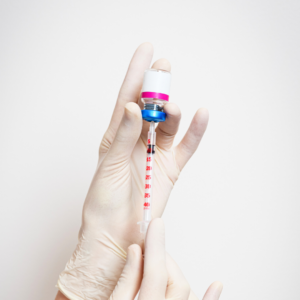Menu
Address: Room 1005, Medical Plaza, 100 Amorsolo Street, Legazpi Village, Makati City
Operating Hours:
Mon, wed, & Fri: 9am to 5pm
Tues, Thurs & Sat: 2:45 pm to 2 pm
Phone: Peanut -09228253266
Email: slgcrm629@yahoo.com
Copyright © 2024 Dr. Jenny Jose
All Rights Reserved








